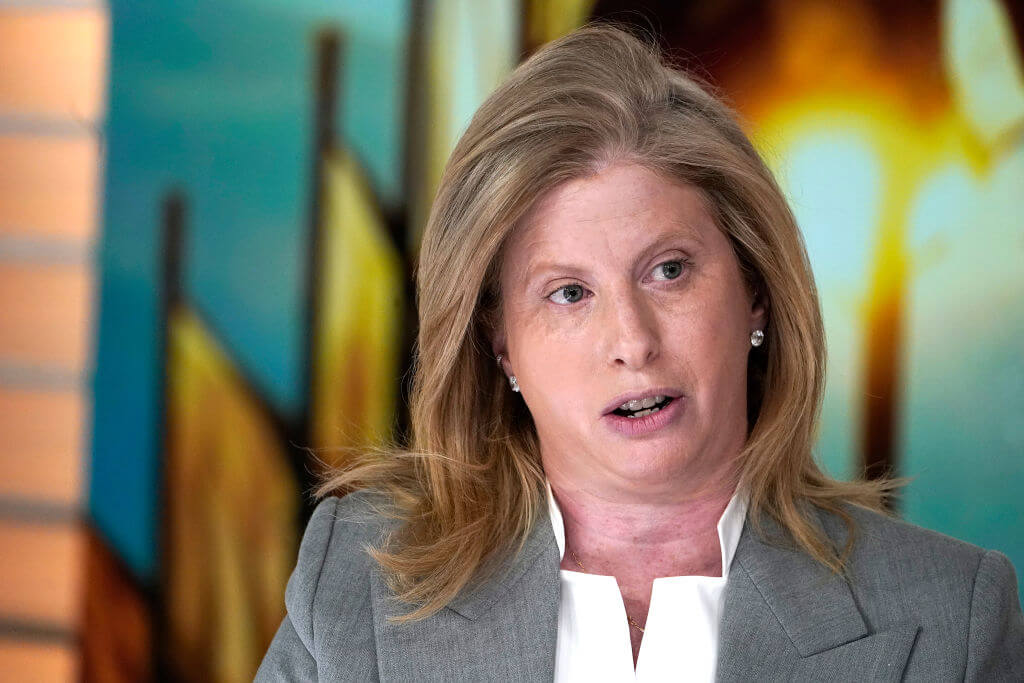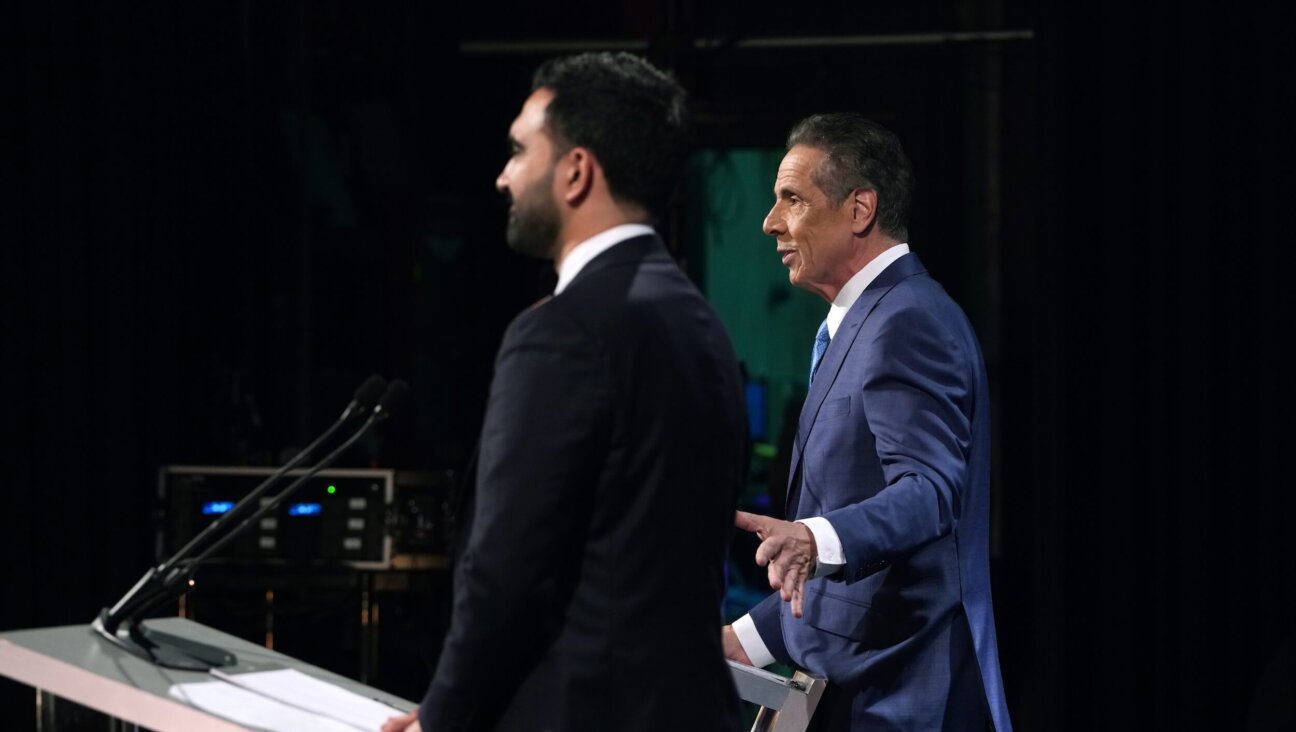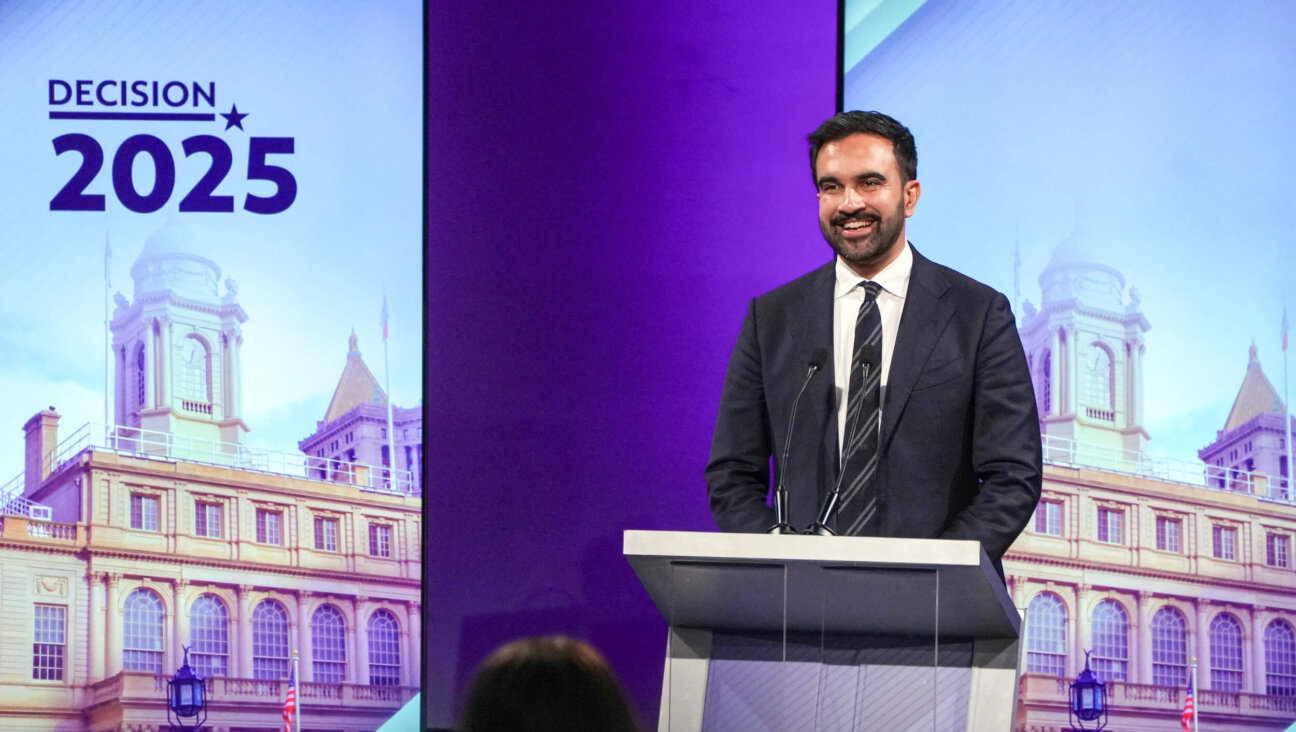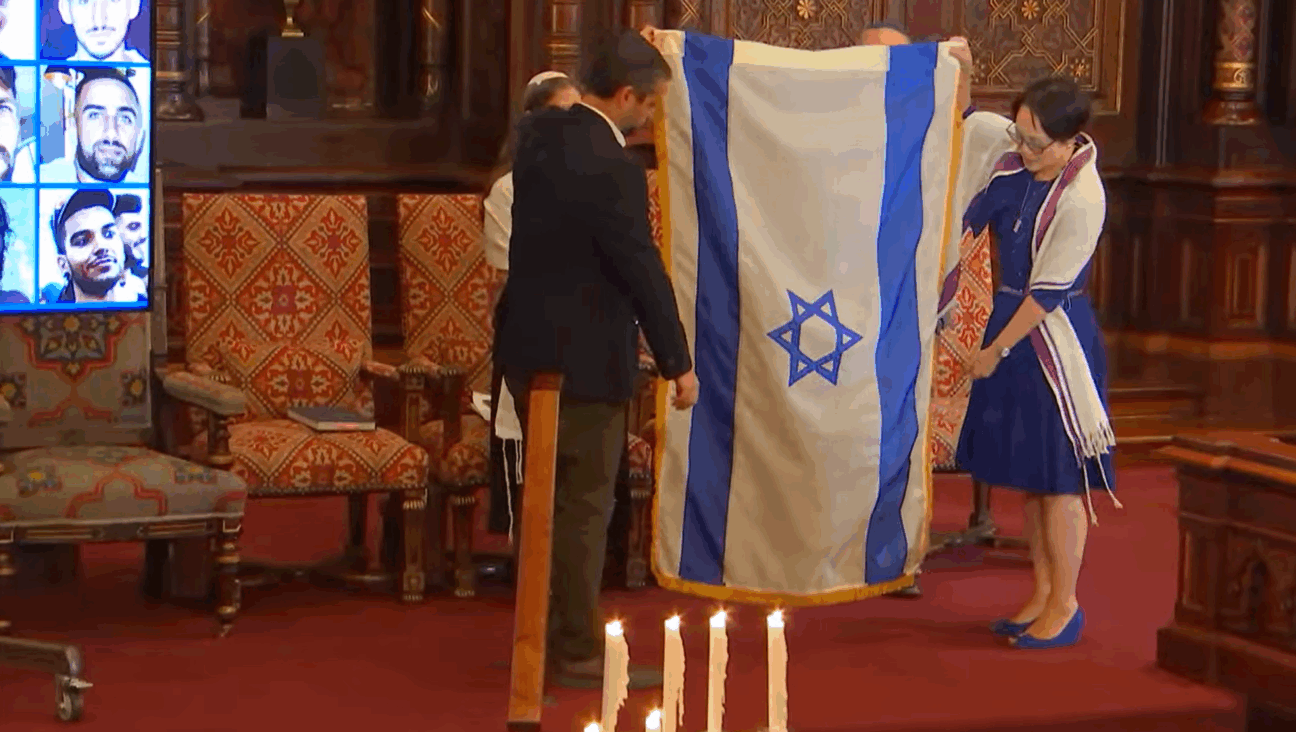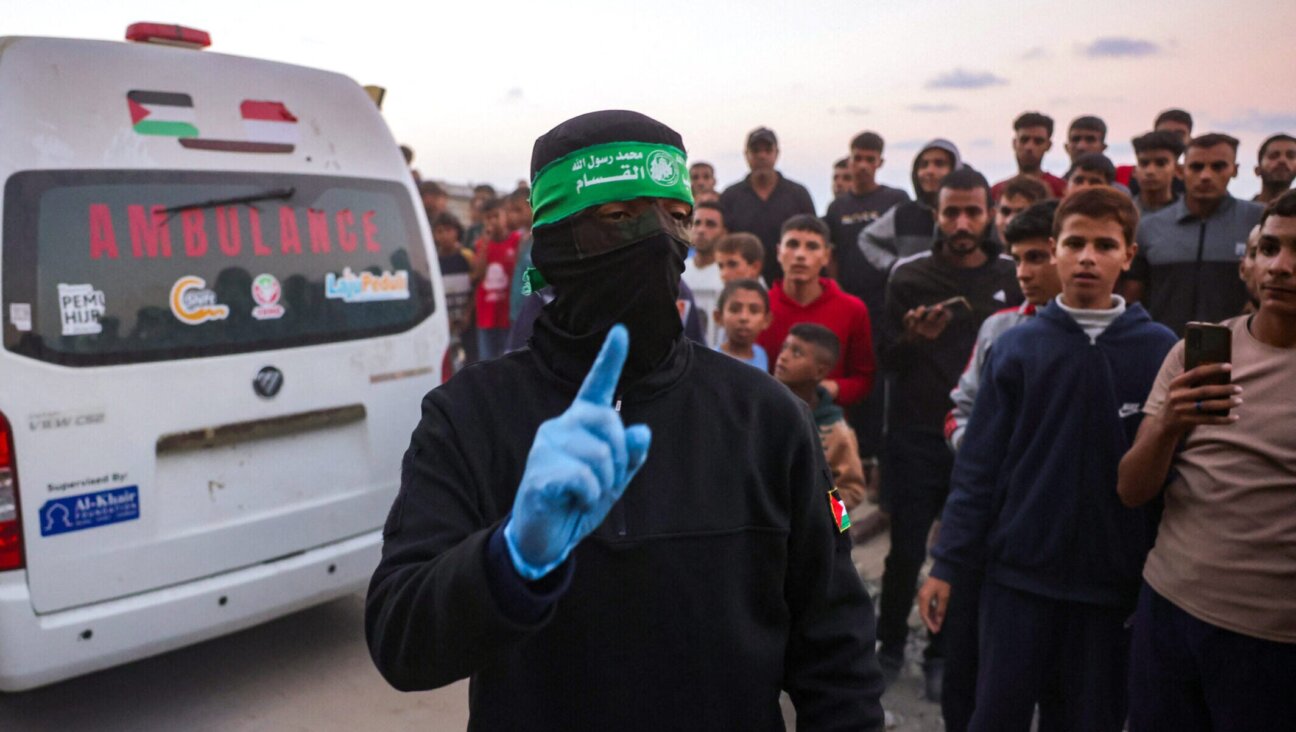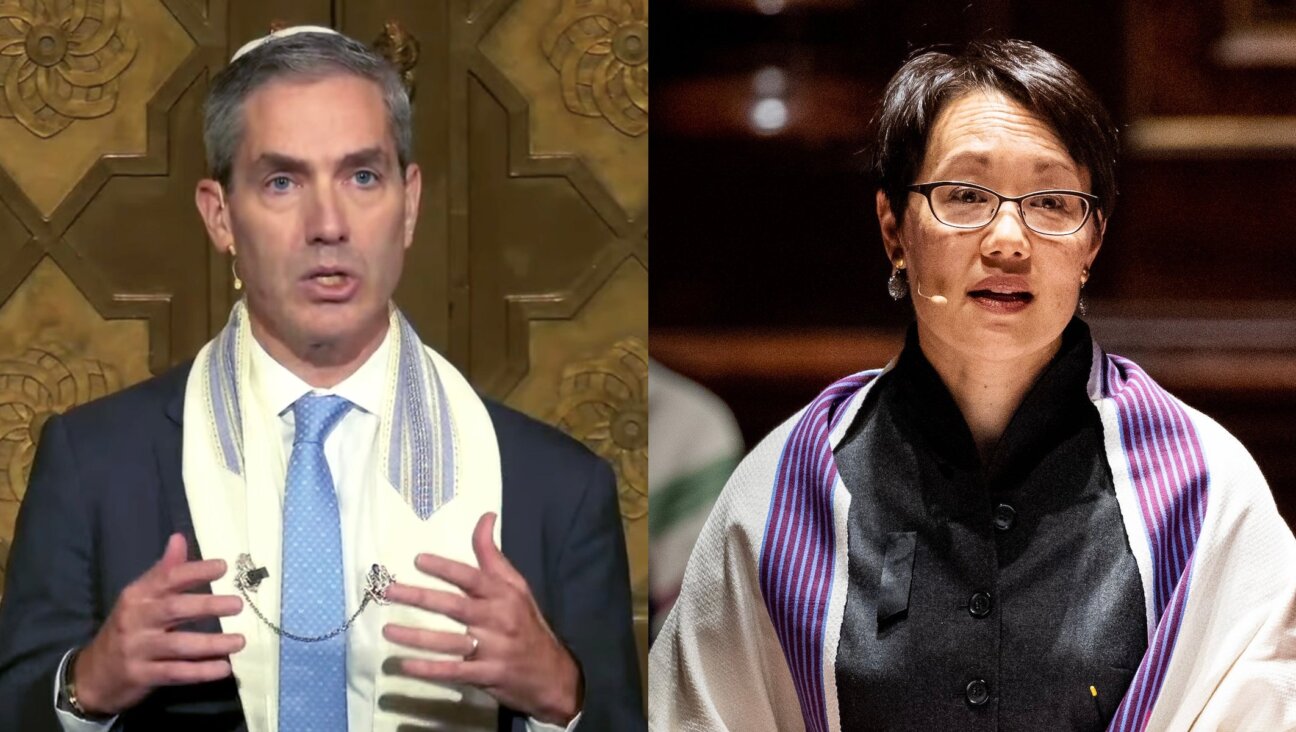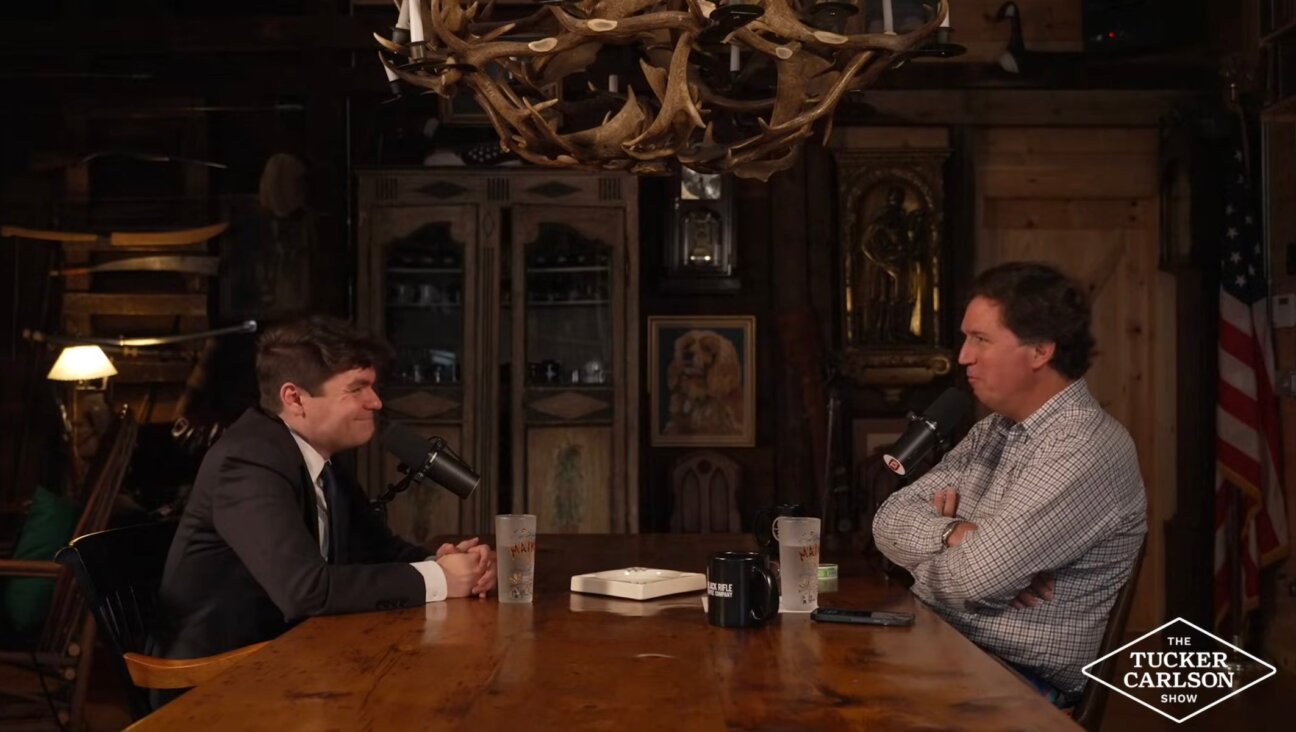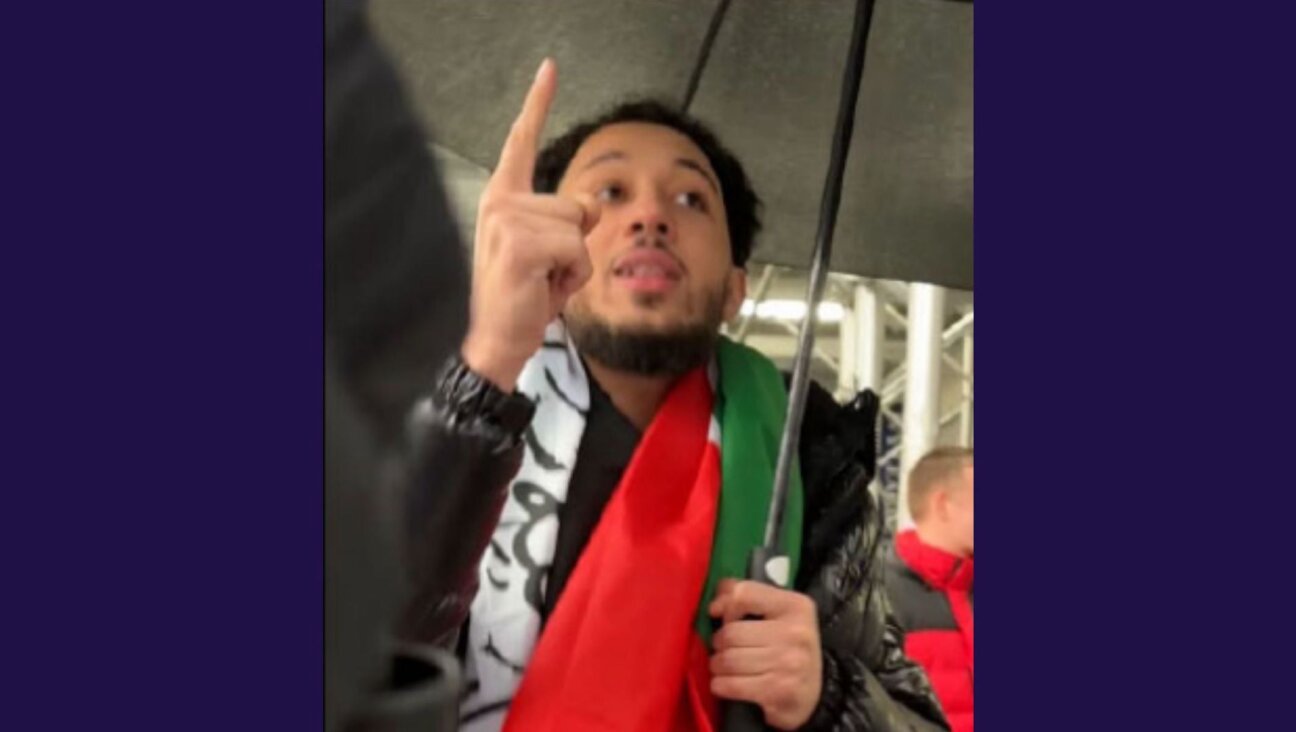Is Modern Orthodoxy Reaching Its Breaking Point?

Long Time Rabbi: Avi Weiss has been with his Riverdale congregation for many decades, an example of a marathon rabbi. Image by Getty Images
A white rabbi and black minister (this isn’t the start of a joke) link arms and are swept up in the sound of a gospel song. Not only the two clergymen. As the song soars, an entire congregation is on its feet in this Orthodox house of prayer and the congregants are trying to overcome 2,000 years of awkwardness by getting into the groove physically and spiritually. This has become a tradition. Every January, on the evening of Martin Luther King Day, Pastor Roger Hambrick of the Green Pasture Baptist Church and its gospel choir of men and women give a concert at the Orthodox Hebrew Institute of Riverdale, otherwise known as The Bayit (The Home).
On this particular evening, they remove the partition that usually runs straight down the middle of the hall to separate the women’s area from the men’s, for purposes of equality. And it’s not just the partition that comes down. The event is described as “an inspirational evening of unity and song” for both blacks and whites. At its climax, the children’s choir from the neighborhood Jewish school, boys and girls together, join in and sing with the Baptist choir. “Brothers and sisters,” intones Pastor Hambrick to the audience crowded into the synagogue, “it is God’s will that we be here together.”
This a religious high point for the Riverdale community in The Bronx, New York. But at the beginning of 2015, when the service was most recently held, the sense of unity increased following a spate of violent incidents, especially in the New York area – incidents that stemmed from interracial tensions between the police and the black community. Liberal Jews took sides and joined the protests against the decision not to indict a policeman following the death of an unarmed black man, Eric Garner, following his arrest by New York officers.
A number of rabbis were arrested at one of the solidarity rallies, and it seems this partnership reverberated in the pastor’s singing. He began with “We Shall Overcome,” with more than 200 Orthodox Jews becoming swept up in Pete Seeger’s great anthem of protest and hope.
They call it a concert, not a prayer service, but the joint event in the synagogue is a fault line for Modern Orthodoxy. Regarding the scene, Orthodox Jews are likely to be split between those who shed a tear of shock and annoyance, and those who feel excitement and elation. The broadening scope, the breach of the prohibitions concerning “idolatry” and Christian clergy in particular, the sound of women singing, the shattered sanctity of the synagogue – this is just a partial list of the flaws in the event from a religiously conservative (small C) perspective. Liberals, however, would view the joint assembly of Jews and African-American Christians as a fulfillment of the vision in Isaiah 56.7: “My house shall be called a house of prayer for all peoples” – in full observance of halakhic Jewish law, as the guests were asked to leave their crucifixes and preaching at home.
A rift on the horizon
This, however, is only part of the story of Riverdale and, indeed, American Jewry. The Bayit is the flagship of the American-Jewish stream of what is called “Open Orthodoxy,” which, on a daily basis, is in friction with the boundaries of rabbinical law and often reinterprets those borders, especially in regard to matters concerning women. This huge story didn’t start just now, but rather in the 1980s, when religious institutions began to emerge that gave women a way to acquire a higher education in areas previously reserved only for men – specifically, Jewish religious law and the Gemara. Today, this is taken for granted in large parts of the religious public in both the United States and Israel.
Before the Martin Luther King concert began, the heads of the synagogue took to the podium for homilies in honor of the occasion. The first was Rabba Sara Hurwitz, the second-in-command within the synagogue leadership. She is the first woman to have been openly ordained to the rabbinate in Orthodox Judaism, and she fulfills roles that have always been the preserve of men: rabbinical rulings and spiritual leadership in a congregation of observant Jews. Since then, other women have emerged in the United States and Israel, but most have taken alternative titles to “Rabba,” which sounds Reform.

Rabba and Rabbi: Rabbi Avi Weiss (right) conferred upon Sara Hurwitz (left) the title of 'rabba.'
The person who hired Hurwitz, and is still the synagogue’s respected president, is Rabbi Avi Weiss, who started out in the mainstream of American Modern Orthodoxy, but gradually moved away and, together with others, founded Open Orthodoxy. The split in Orthodoxy centers around two establishment camps: On the one side is the Yeshiva University in Manhattan, “the” Modern Orthodox institution with a capital I, parts of which have become more ultra-Orthodox over the years; on the other side is the younger Open Orthodoxy, of which the Hebrew Institute of Riverdale is just one of its branches.
Four decades after it began as a religious avant-garde movement, Open Orthodoxy has now become part of the establishment, with a strong economic and political base, an institution for ordaining rabbis (Yeshiva Chovevei Torah), and a Manhattan yeshiva for women, whose name is also the title it bestows on its graduates: Yeshivat Maharat (the Hebrew acronym for “a female leader of Jewish law, spirituality and Torah”). There are liberal schools and synagogues, a rabbinical organization offering an alternative to the traditional Rabbinical Council of America, and now also an international rabbinical court that operates in New York and is devoted to freeing women whose husbands have vanished or refused to grant them a divorce.
The relations between the branch of American Orthodoxy identified with Yeshiva University and the one identified with Chovevei Torah have been approaching breaking point. In the past two years, there were at least two crises. The first was when graduates of the latter declared they were adopting the method of biblical criticism – application of historical and literary tools to the analysis of scripture, and cast doubt on the idea of the Torah being handed down from heaven.

In another incident, at the start of 2014, the head of the Open Orthodox SAR high school in Riverdale allowed two girls to put on tefillin during morning prayers, following their request to do so.
Meanwhile, in the background, rabbis like Hershel Schachter – one of the leading experts on rabbinical law in America – are constantly comparing Open Orthodoxy to the Conservative movement and asking whether it isn’t perhaps time for the two branches of Orthodoxy to split.
Back from the dead
Modern Orthodoxy is a small, but central, stream of Judaism. It stretches over wide expanses of ideology – from the effectively ultra-Orthodox margins, where Modernity amounts to encouraging daughters and sons to learn a profession, to the groups of rabbis who promote radical feminist ideas where there’s a place for women not only in scholarship but also in leading worship and as spiritual leaders of the community.
The volatile frontline in Orthodoxy has managed to surprise even academia, which had grown accustomed to seeing this stream of Judaism as a geriatric patient. Dr. Jonathan Sarna of Brandeis University, near Boston, is a leading historian of American Jewry, and says he’s already observing a spiritual trend. “Remember, we live only 60 or so years after most researchers thought Orthodoxy was dead,” he notes, adding it was only in the 1960s that researchers realized there had been a resurrection and that Modern Orthodoxy was actually the stream most likely to prosper.
In 2013, the Pew Research Center published a comprehensive study of American Jewry – which showed it strengthening at the edges and weakening in the center (the opposite of in Israel). The survey also described what had been known for years in America: the collapse of the Conservative movement, which in the past had been the American center, a core axis between the Reform and Orthodox movements.
According to the study, the Modern Orthodox, including liberals, constitute only 3 percent of American Jews. The entire Orthodox segment, including the ultra-Orthodox and other groups, is the third largest, after the Reform and Conservative movements, and constitutes some 10 percent of American Jews.
The 3 percent is comprised of some 202,000 Modern Orthodox Jews, who see themselves as living in the center, between the insular ultra-Orthodox (or Haredim) and the assimilated Americans. Though tiny in number, this is a major group with respect to demographic growth and its place on the Jewish spectrum in the United States. Moreover, it is the wealthiest Jewish group (37% are paid more than $150,000 annually, according to reports), the most educated and – after the ultra-Orthodox – the youngest. The Pew study didn’t examine the group’s political connections, but these reach to the very top. For example, both former senator Joe Lieberman and current Treasury Secretary Jack Lew are Modern Orthodox.
According to Sarna, there’s something really interesting taking place within Orthodox Jewry that also previously happened to the Conservative movement: A range of types of Orthodoxy, but not one stream. As to whether a schism is developing, he says his gut instinct tells him that if one movement has two kinds of educational institutions and two kinds of prayer books, “in the end this will lead to a split. That’s pretty clear.”
The Conservative failure
Back to The Bronx and Riverdale, which is a functional, residential neighborhood overlooking the slow-moving Hudson River. Jews are a minority here, just, but it’s a bubbling cauldron of religious views. Riverdale is the capital of the liberal Orthodox establishment that maintains both yeshivas and schools that aim for equality between the sexes in the spirit of the stream’s founders – Yitz and Blu Greenberg, and Rabbi Weiss. But on the very next street, there are somewhat conservative (with a small c) edifices that represent the rightward movement of the Orthodox community, like the Young Israel of Riverdale synagogue – headed by one of the greatest critics of the liberals, Rabbi Mordechai Willig.
Many would prefer not to take sides, but sitting on the fence is impossible. The SAR educational empire, identified with the liberal side, grapples with the dilemma on a daily basis: some 1,400 boys and girls study at its elementary school and high school – the latter, a prestigious and expensive Orthodox institution with a long waiting list. As mentioned above, the decision to allow girls at the school to put on tefillin led to schism threats to be sounded louder than ever, and everyone is currently trying to find a way back to the center. Every morning, the elementary school splits into a number of groups to enable different kinds of prayer – mixed or segregated – by age.
Rabbi Binyamin Krauss is principal of the elementary school. He refuses to discuss a dispute over girls reading from the Torah, but stresses there is a broad spectrum of ways to be Orthodox, and that at Riverdale it is important for them to protect the unity of the Modern Orthodox community. He believes there will not be a split in Modern Orthodoxy. He’s encouraged when he sees the SAR school, but says that when he looks at the broader community, it seems the two sides are becoming more extreme – which in his opinion is not healthy.
In the course of interviews for this report on American Orthodoxy, people tended to speak about the Conservative movement as though it were a medication or food product well past its expiration date. In the United States, “Conservative Judaism” is a synonym for failure. The Pew figures indicate that only 36 percent of those raised as Conservative Jews in America continue to define themselves as Conservative – compared to 48 percent of Orthodox and 55 percent of Reform Jews who continue to remain identified as such. Another 28 percent of those born Reform no longer identify as Jewish at all, while the corresponding figure for Conservatives is 17 percent.
Sarna stresses that the problem isn’t just with the numbers: While Reform Judaism has always assigned secondary status to traditional Jewish law, the Conservatives failed in realizing their founding fathers’ vision of making rabbinical law more flexible vis-à-vis modern life while still remaining committed to it. The fact there are few remaining Conservatives who strictly observe the Sabbath is raised every day in the discussion surrounding Open Orthodoxy.
This is precisely the criticism of Chovevei Torah rabbis being voiced by Rabbi Tzvi Hersh Weinreb, executive vice president, emeritus, of the Orthodox Union. He’s dressed in the garb of an ultra-Orthodox Jew, but takes pride in being a Zionist and modern. He’s a Yeshiva University man who supports a broad secular education: although he doesn’t rule out women’s increased involvement in directing Orthodox congregations, he draws the line when it comes to them leading prayers. At his office in the Wall Street district, he explains that in Modern Orthodoxy, “there were times when we could stress the Modern, but now we want to stress the Orthodoxy.” He adds that they definitely want to be with Open Orthodox rabbis in the synagogues, but want to discuss the trend that is leading them to repeat “the Conservatives mistake,” as he puts it.
“They, too, had rabbinical law initially, and there was a rabbinical law council. Now they don’t have rabbinical law. This is because of the dynamic of our times. In such an environment, very soon it will also disappear from them,” he says, referring to Open Orthodoxy. “People are very worried about this, and therefore we are calling upon them to stop.”
The question of affiliation is an issue for the rabbis and the large institutions that arose at a time in the Jewish world when a Jew had to be Orthodox, Conservative, Reform or Reconstructionist (a small movement unknown in Israel) – but it is of less interest to the young spiritual innovators. Several years ago, that question began to bore a group of scholarly young men and women, who founded Yeshivat Hadar in the heart of Manhattan in a large old sanctuary that on the Sabbath serves a dwindling Reconstructionist congregation. They insist they can be located on the seam line between the Conservatives and the Open Orthodox, a space where rabbinical law coexists with full equality of the sexes. Here, there are no dilemmas like the ones in the liberal Orthodox world: Women put on tefillin; women are part of the quorum for a minyan; women do everything. Rabbi Ethan Tucker, one of the founders, studied at a yeshiva in Israel and was ordained by the Chief Rabbinate in Israel. He estimates that about 40 percent of the students at his Hadar rabbinical school come from a Conservative background, 20 percent from an Orthodox background, with the rest a mix from other streams.

Mavericks: Rabbis Shai Held, left, and Ethan Tucker were among the co-founders of Mechon Hadar. Image by Courtesy of Mechon Hadar
“We are really experiencing the collapse of the Conservative movement here,” he states. “Everyone who is here commits to observing the commandments. To the same extent, we are not pluralistic with respect to the attitude toward equality. Here, there is no barrier separating women from men. The definitions of the movements were fine for the 20th century; they are not suited to the 21st century. I would like to go back somehow to the all-communal period in Europe, before the split into the Enlightened (Maskilim) and the non-Enlightened. To go back to a Torah language that relates to the whole community, not speaking in a sectarian way. We are trying to talk about Torah and commandments that belong to the whole Jewish people. No one is secular. There are gaps in the way people see things, and the question is how we bridge them. There are secular instincts and we also need to learn from them.”
Love of Zion
What about the Jewish community’s attitude toward Israel? At the entrance to Yeshiva University and in the offices of the traditional Orthodox Union, you’ll find Israeli flags. At the Hebrew Institute of Riverdale, there’s a poster with pictures of all those Israel Defense Forces soldiers killed in last summer’s Operation Protective Edge in Gaza. The SAR school flew in 20 of its graduates who fought in the operation, in order to award them certificates of appreciation at the institution’s gala evening.
What still unites Modern Orthodoxy is Zionism and a love for Israel. However, on the margins, this is no longer a sacred cow. “We realized the big problem is that we, the [Hadar] staff, grew up on the aftermath of the miracle of 1967,” says Tucker, referring to the Six-Day War. “But those who study here, they’re in their 20s and grew up on events like the Second Lebanon War, and perhaps even the second intifada. Americans under 30 have no experience of Israel not as an occupying army.” However, he stresses that his rabbinical school isn’t just for dyed-in-the-wool Zionists. “This place is open for everyone. We’re very Zionist, but is it a litmus test for us to select students? Not necessarily.”
Thanks to Dr. Shraga Bar-On for his help in researching this report.
For more stories, go to Haaretz.com or to subscribe to Haaretz, click here and use the following promotional code for Forward readers: FWD13.


